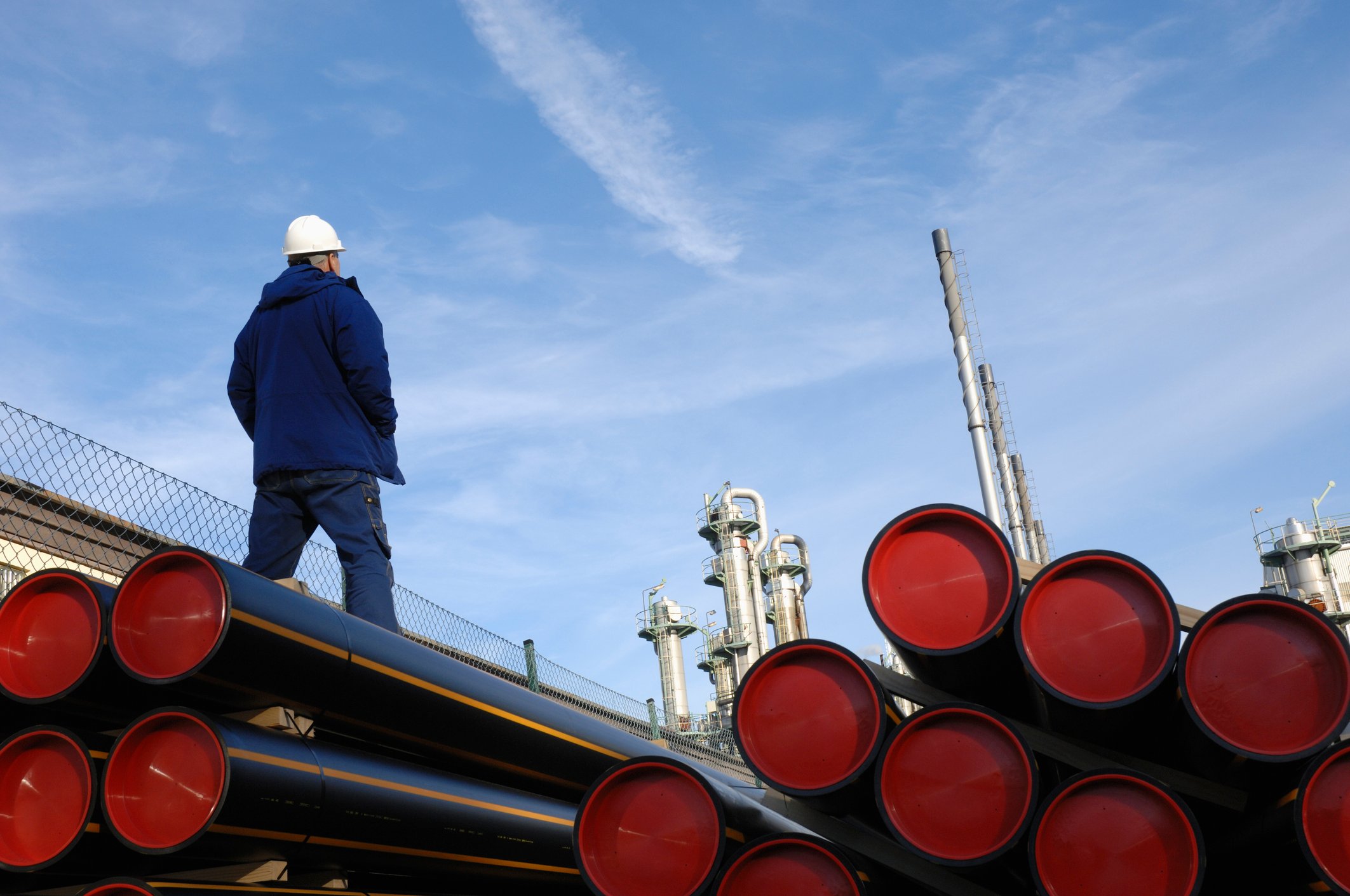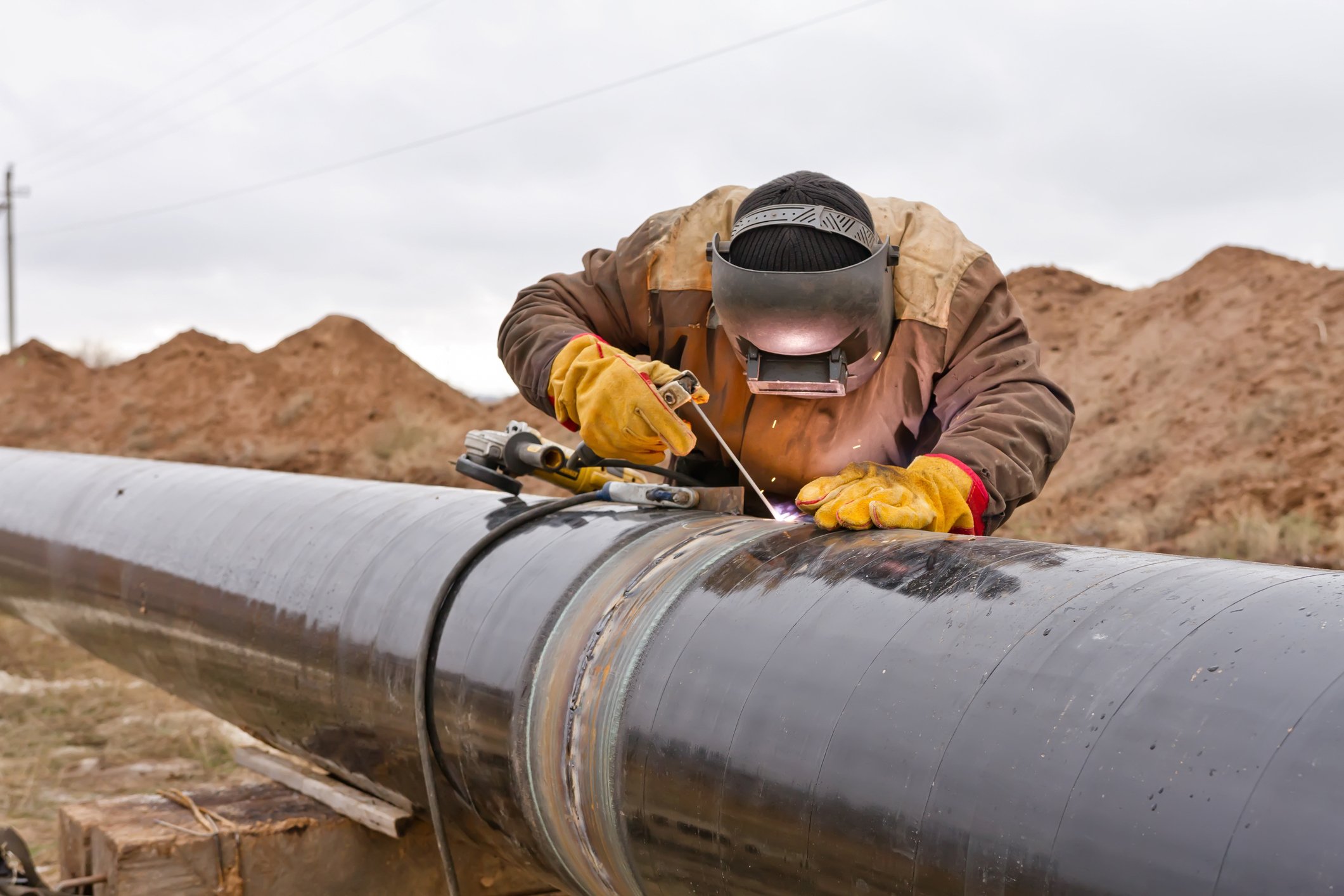Kinder Morgan Canada (KML +0.00%) isn't the same company that U.S. gas pipeline giant Kinder Morgan (KMI +0.55%) formed in May of 2017. The Canadian midstream company's initial purpose was to be the vehicle used to fund the Trans Mountain Pipeline expansion. However, Kinder Morgan abandoned those plans last year after it sold that pipeline and its controversial expansion project to the government of Canada.
As a result, Kinder Morgan needs to decide what to do with Kinder Morgan Canada since it now has a much smaller asset base and limited growth prospects. That unclear future makes it hard for long-term-focused investors to consider buying.
Check out the latest earnings call transcript for Kinder Morgan.

Image source: Getty Images.
The bull case for Kinder Morgan Canada
Kinder Morgan Canada owns a small but strategic portfolio of midstream infrastructure in Western Canada supported by long-term take-or-pay contracts, which means it gets paid even if customers don't use the capacity on its assets. Those agreements should enable Kinder Morgan Canada to generate about 109 million Canadian dollars ($82 million), or CA$0.90 ($0.68) per share, of distributable cash flow this year, which will support its CA$0.65 ($0.49) per-share dividend (implying a current yield of 4.2%) with room to spare. That combination of rock-solid cash flow and high dividend yield certainly makes Kinder Morgan Canada an appealing option for income-seeking investors.
That portfolio could also make Kinder Morgan Canada attractive to other midstream companies in Canada. That's why Kinder Morgan launched a sale process to gauge the interest of third parties that might be interested in acquiring the company. A potential deal would likely come at a premium, suggesting investors could book a short-term profit.
Another alternative under consideration by Kinder Morgan is using Kinder Morgan Canada to make midstream acquisitions in Western Canadian. With a debt-free balance sheet, the company has the financial capacity to acquire or merge with other midstream entities to increase its scale and grow both cash flow and the dividend. In addition to that, Kinder Morgan Canada could opt to become a financial partner on larger expansion projects developed by other pipeline companies that would grow its earnings in the future.
The bear case for Kinder Morgan Canada
While Kinder Morgan has upside potential, it currently lacks visible growth prospects. At the moment, the only expansion in the backlog is a small CA$43 million ($32 million) diesel storage project at its Vancouver Wharves Terminal that should come online in early 2021. The lack of growth projects means cash flow, the dividend, and the stock price could remain stagnant until the company secures new expansion opportunities, which might take time to develop.
Meanwhile, one of the many alternatives Kinder Morgan has under consideration is taking Kinder Morgan Canada private by purchasing the rest of the shares it doesn't already own. However, because Kinder Morgan already holds 70% of the outstanding shares, it likely won't offer much if any premium to outside shareholders for their stock. While they would likely receive shares of Kinder Morgan in a take-private transaction, which has plenty of upside, the potential lack of an acquisition premium makes this a less attractive alternative for potential investors, who could opt to buy Kinder Morgan instead.
Too much uncertainty
It's unclear what the future holds for Kinder Morgan Canada. It could remain a stand-alone entity that generates steady cash flow and pays a high-yielding dividend but lacks growth prospects. On the other hand, Kinder Morgan or a third party could buy the company for anywhere from no premium to a big payday. Because of that uncertainty, investors are better off watching this stock from the sidelines until Kinder Morgan unveils its plans for the future, which it intends to do by mid-April at the latest.







